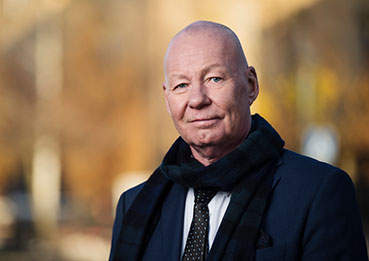The United States is and has long been the world’s leading scientific nation, where researchers go to take advantage of the favourable conditions for conducting research at the highest level. The United States is also the country that has won the most Nobel Prizes, and we have become accustomed to looking up to US research universities as leaders, not least in medicine and the natural sciences.
It is dramatic to follow current developments. In the space of a few months, the picture has changed radically, with the withdrawal of federal research funding and new policies on undesirable research. The belief that the US research system is robust and unshakable has been disproved. What is striking is the speed with which the changes have been implemented and the immediate impact on universities.
From colleagues and partners in the United States, we hear the concerns and uncertainties that have emerged from a few days’ visit here. However strong and successful American universities are, it is also clear that even in the world’s leading democracy, it is possible to have a direct and powerful impact on universities and research.
This is clearly a cause for concern on a broad front. The guarantees for academic freedom in Sweden are far from strong. The belief in a benevolent government that looks after the welfare of higher education and guarantees freedom of research cannot be taken for granted. Although the focus is currently on the United States, there are similar trends in several other countries, including Europe and Sweden.
If ever there was a time to not only stand up for academic freedom and institutional autonomy, but also to seriously consider what measures need to be taken to secure these fundamental values, it is now – a task for the research community, university management, research funders and international cooperation organisations, and also for the political system to seriously ensure that something similar cannot happen in Sweden.

